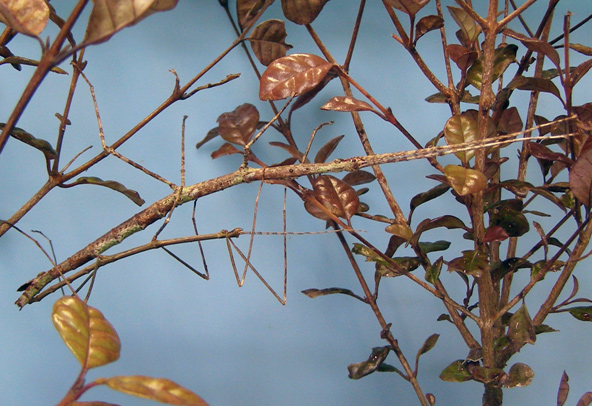Current scientific taxonomic practice uses a binomial naming system, first introduced by Linnaeus in the 1750s and standardised and modernised since then.
The researchers identified 1269 different examples of Linnaean taxonomic names containing te reo and another 19 species with ta re in their names. The first species known to have been given a Māori epithet was the North Island tomtit, Petroica macrocephala toitoi, described by Lesson and Garnot in 1828. In te reo, ‘toitoi’ means to dart briskly, as the bird does. Another of the earliest named was Tupeia antarctica, the endemic mistletoe, also described by botanists in 1828 using a name to honour Tupaia, the navigator who accompanied Captain Cook from Tahiti to New Zealand and Australia.
Curiously, spiders and snails are over-represented in the te reo namings, in part explained by enthusiastic individual taxonomists such as Ray Forster, who helped to describe over 670 species of endemic spiders and who used te reo in at least 35 genera and 106 of those species.
Naming a species is not an easy task – a great deal of thought, drawing on long expertise, always goes into each new name. The researchers recommend that taxonomists working on naming species from New Zealand consider the ways that te reo and ta re can be integrated into the naming process. Both taxonomists and Māori have deep and special relationships with the natural world, and have a lot to learn from one another, say the researchers. It follows that these connections to the natural world are best cultivated together and through consultation with one another.
As an example, Dr Buckley describes how he and colleagues collected a new genus of stick insect within the rohe of Ngāti Kuri in 2008, and then consulted Ngāti Kuri on the appropriate name to bestow. The name Tepakiphasma was chosen, fusing ‘Te Paki’ – the place where the insect was collected – with ‘phasma’ – the Greek word for ‘apparition’ commonly used for stick insects. The species epithet ngatikuri was given to recognise Tepakiphasma ngatikuri. the then-belief that this species was found only in the rohe of Ngāti Kuri, making the full name Tepakiphasma ngatikuri. Note that macrons and other embellishments are not used in the Linnaean system.
Tokenism in naming species with Māori words without consultation, the researchers warn, is likely to be inappropriate and offensive, whereas discussing naming with iwi/imi as part of a collaborative process allows ako (reciprocal learning) to take place. Moreover, under the Treaty of Waitangi (Wai262), the cultural relationship between kaitiaki and taonga species is ‘entitled to reasonable protection’, and thus the formal naming and description of new species should be done in partnership.

Tepakiphasma ngatikuri